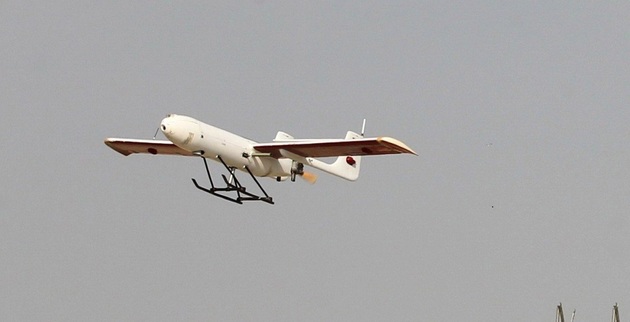Iran may very soon be able to legally sell its domestically produced weapons to other countries, Forbes writes in the article What Weapons Might Iran Export After The U.N. Arms Embargo Expires? The U.N. Security Council’s arms embargo against the Islamic Republic of Iran will expire on Oct. 18 under a resolution passed in 2015 after Iran agreed to a multilateral deal to curb its nuclear weapons development program. Security Council Resolution 2231 set up a process for the Iran arms embargo to end in five years and sanctions on its ballistic missile program to expire in eight.
The Security Council rejected efforts by the United States to extend this embargo in mid-August. Much speculation has been made about what kind of weapons Iran might try to buy to upgrade its aged conventional forces, a lot of which still operates equipment purchased from the U.S. and Britain in the 1970s. The U.S. Defense Intelligence Agency speculated that Iran could buy Russian S-400 air defense missiles along with Sukhoi Su-30 fighter jets and T-90 main battle tanks.
However, Iran also wants to take the opportunity to export weapons it has developed. Iranian Defense Minister Brigadier-General Amir Hatami, in an interview published in the Iranian state-run press on Sept. 5, said that the lifting of the embargo will enable Tehran to export “products [defined as weapons] and technical services.”
But just what kind of weapons might Iran export after the embargo’s expiration?
“Over the years, Iranians have made substantial progress in developing surface-to-surface ballistic missiles, so short and medium-range ballistic missiles are likely to be on the list of Iranian exports,” said Sina Azodi, a non-resident fellow at the Atlantic Council and a Ph.D. candidate in International Relations. “Iranians have also reverse-engineered anti-tank guided missile BGM-71’ Toufan’ (1-5), which they previously sent to Hezbollah in Lebanon.” Azodi also anticipates that light infantry weapons system and artillery systems, such as the Ra’ad 155 mm self-propelled howitzer, will be on the market. “I do, however, think that given the Iranians’ expertise in anti-tank and anti-ship missiles, those are on the top of the list,” he said.
In addition to such systems, drones “will definitely be one of the things that Iranians would be willing to sell to their allies.” An August 2019 report in the Iranian press claimed that Russia is interested in buying some of Iran’s drones. Iran has produced several increasingly more advanced drones over the years that have been used in combat by its proxies Hezbollah in Syria and the Houthis in Yemen. Iranian loitering munitions (‘kamikaze’ drones) were also used alongside cruise missiles to devastate Saudi Arabian oil facilities in September 2019. Houthis also use similar drones in its attacks against the Saudi kingdom in recent years.
“Iran has a diverse defense industry that consists of capabilities far beyond the more hyped drone and missile capabilities,” said Sim Tack, a senior global analyst for Stratfor. “The manufacturing of conventional artillery weapons and small arms, for example, has in the past been a significant track for exports or licensed production abroad,” he added.
Then there is the question of who might buy Iranian weapons post-embargo
“I think practically any country that is cut off from major arms markets and is looking for cheap and reliable weapon systems,” Azodi said. “My first bet is Venezuela, Syria, and I might add Lebanon, too.” Tack pointed out that the number of countries interested in buying Iranian weapons is even more limited today than in the past. “Close partners of Iran, such as Sudan, have been pulled out of alignment and would no longer be considered likely buyers of Iranian weaponry,” he said.
Furthermore, competition from Russian and Chinese weapon systems “will also make it more difficult for Iran to compete in the low-cost defense acquisitions realm that they operate in.” Tack consequently anticipates that regimes friendly toward Tehran, such as the Assad regime in Syria and the Maduro regime in Venezuela, might still try and buy Iranian weapons. However, even if they do, their budgetary constraints will likely mean they won’t purchase all that much.






